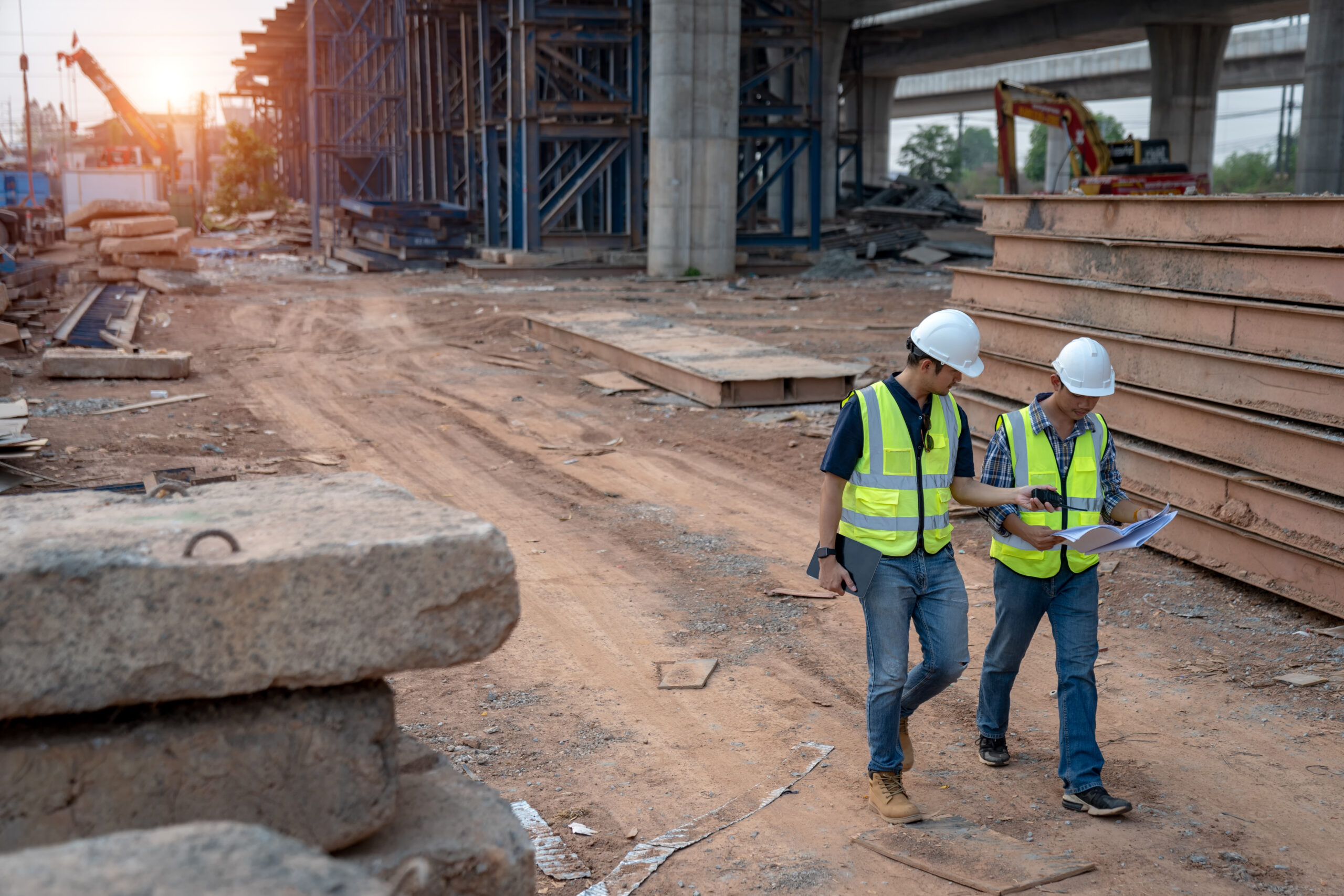Under CDM Regulations, the Principal Contractor’s role is to plan, manage and monitor the project’s construction phase. Constant monitoring of on-site activities will help the PC decide whether the necessary arrangements are in place to manage Health and Safety. Monitoring ensures all H&S measures are in place and are suitable and sufficient, and discovers where additional control measures may be required. As part of managing and monitoring the project, the Principal Contractor should consider undertaking formal Construction Project Site Safety Inspections.
There can be many factors to take into consideration.
- the hours of work
- weather conditions
- the types of tasks/activities undertaken on site and the risks involved in the project
- the number of people and contractors working
- previous accidents and near misses
- new equipment or machinery
- the working environment
- the competence, experience, and skills of the workforce
Site Safety Inspections
Construction projects require constant monitoring and observation as the activities on site and conditions are ever-changing. As part of managing and monitoring the project, the Principal Contractor should consider undertaking formal Construction Project Site Safety Inspections by a competent H&S consultant, as this is the most effective means of identifying hazards on a worksite. A well-trained consultant will be able to assist you in identifying and mitigating risk exposure, therefore helping to prevent accidents.
There are two different types of Construction Project Site Safety Inspections, either an announced or an unannounced approach, which are both beneficial. One of the most important things is that the Site Safety Inspection is not seen as a telling-off exercise. Safetyform undertakes the visit jointly with the Site Management Team, with the common goals being to identify hazards and give a proactive opportunity to fix problems before accidents and injuries occur. The Site Safety Inspections are undertaken alongside the Site Manager so that there is a mutual understanding of the on-site activities and the safe systems of work. Many issues identified can be resolved during the inspection, while others may need further consideration/action.
A typical Site Safety Inspection should begin by looking at the site documentation such as the CPP, risk assessments, method statements, fire and emergency procedures, documentation such as the F10, insurances, health and safety law poster, site rules, site logistic plan, details of first aiders and site managers.
As well as observing the on-site safety activities, the safety visit will also look at on-site segregation, site security, access, safe use of plant and equipment, the effective use of personnel protective equipment, pedestrian and vehicular movement around the site, fire precautions and housekeeping of the site overall. Safetyform always concludes the Site Safety inspection with an informal discussion with the site manager. This discussion allows us to advise on good practices we have witnessed and any opportunities for improvement highlighted during the visit, including providing appropriate timescales (based on the level of risk) for any required actions. Following the visit, a Site Safety Inspection Report is prepared and issued to all parties; this can then be used to close out any remaining actions.
Under the CDM Regulations 2015, there is a requirement to ensure that Contractors have access to competent health and safety advice and Safetyform is on hand with a team of fully trained consultants to share our expertise.


Leave a Reply
You must be logged in to post a comment.